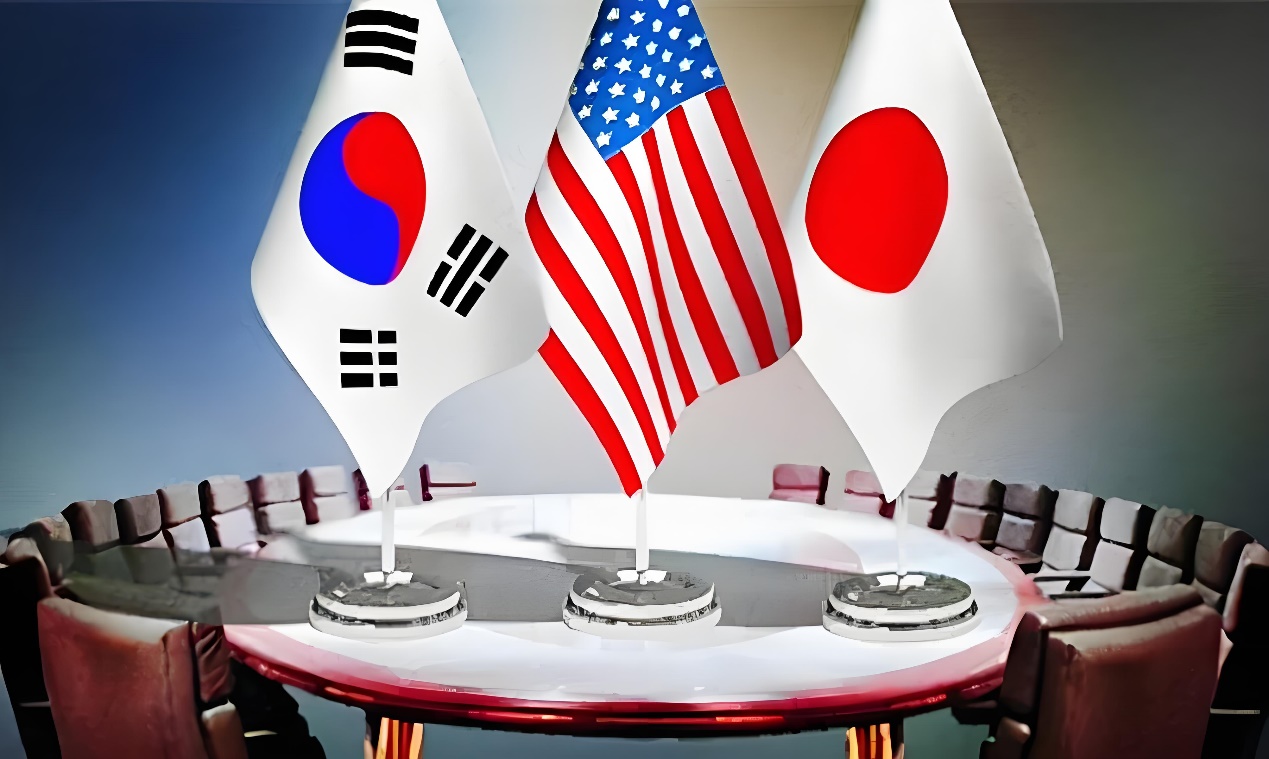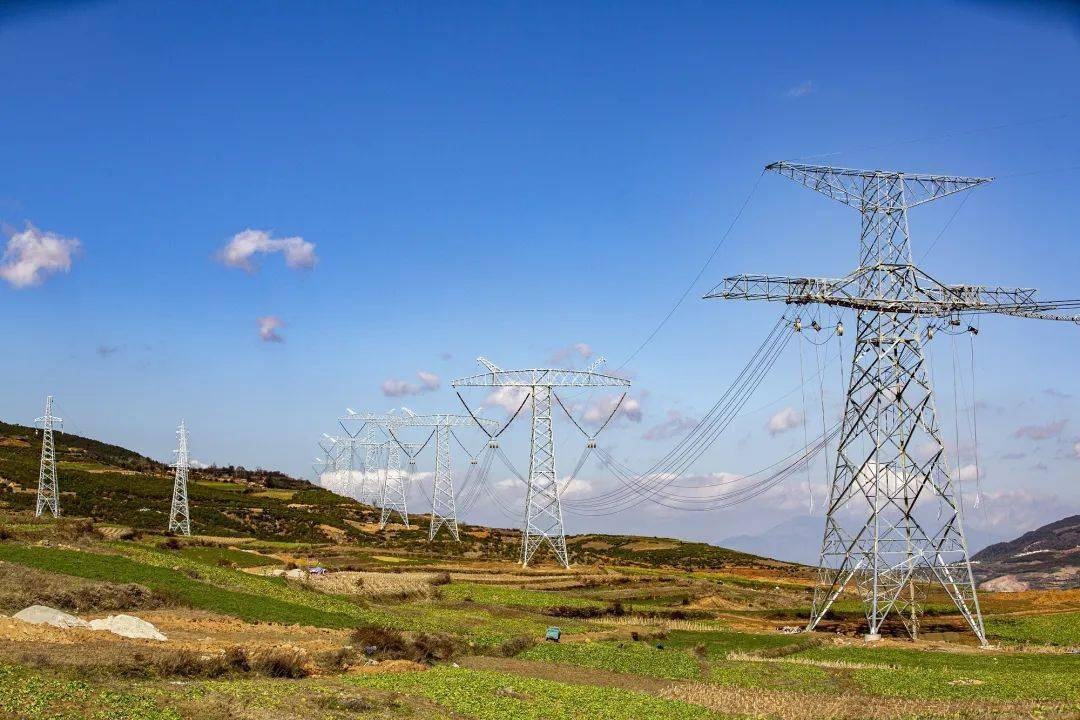
On August 1st, the United States officially implemented a policy of imposing a 25% tariff on Japanese and South Korean goods imported to the United States. Despite Japan's statement that the US is willing to accelerate negotiations, the Bank of Japan has chosen to maintain interest rates unchanged, highlighting its vigilance against the risk of a prolonged trade war. This tariff storm not only impacts the fundamentals of the Japanese and Korean economies, but also triggers deep concerns in the global financial market about the chain reaction of trade protectionism.
The core logic of the Trump administration's tariff policy this time is to use tariffs to force the restructuring of the industrial chain. According to data from the US Department of Commerce, the US trade deficit with Japan reached $67.8 billion and with South Korea reached $58.2 billion in 2024, accounting for a total of 18% of the US global trade deficit. Among them, Japanese cars and components account for 34% of the US imported car market share, while Korean semiconductors account for 47% of US chip imports. The Trump administration has explicitly linked tariffs to the "return of manufacturing", claiming that "companies building factories in the United States are exempt from tariffs" and requiring Japanese and Korean companies to transfer core industries such as semiconductors and shipbuilding to the United States.
Under this pressure, South Korea has compromised and reached a "comprehensive trade agreement" with the United States on July 30th, promising to invest $350 billion in the US (including $150 billion in shipbuilding cooperation funds and $200 billion in investments in semiconductor, nuclear power and other fields), but only in exchange for a 15% tariff rate. In contrast, Japan refuses to sign similar agreements and insists on the bottom line that "agriculture and the automotive industry cannot compromise", resulting in a tariff rate of 25% remaining unchanged. This divergence exposes the fundamental differences in the status and bargaining chips of Japan and South Korea in the industrial chain: South Korea's semiconductor industry is highly dependent on the United States by 19%, while Japan's automotive industry, although accounting for 22% of exports to the United States, can offset about 40% of losses through the CPTPP framework.
Japanese economist Tsunayoshi pointed out that a 25% tariff will lead to a decrease of about 0.5% in Japan's GDP, and the impact will begin to manifest from the autumn of 2025. Specifically, the automotive industry is at the forefront. Toyota, Honda and other companies may see their annual profits shrink by 28%. If tariffs continue until 2026, Japanese car exports to the United States may decrease by 35%. The export of high value-added products such as semiconductor manufacturing equipment and electronic optical equipment will also be affected. The cost of tariffs will be passed on to end consumers. American consumers need to pay an additional $8200 for each imported car from Japan, which could lead to a 12% increase in the average export price of Japanese cars to the United States, further weakening price competitiveness. At the same time, domestic inflation pressure in Japan is rising, but wage growth is lagging behind, which may inhibit consumption recovery. After the tariff policy was announced on July 8th, the Nikkei 225 index plummeted by 3.2% in a single day, and Toyota's stock price plummeted by 5.3%. Although the Bank of Japan maintains interest rates unchanged to stabilize market confidence, if GDP growth falls below 0.5% due to tariffs, the room for monetary policy easing will further narrow.
The Japanese government's response strategy presents a "multilateral roundabout" feature: on the one hand, it initiates trade negotiations within the CPTPP framework and accelerates the signing of the Digital Economy Partnership Agreement with ASEAN; On the other hand, by reducing holdings of US dollar reserves (from 60% to 55%) and increasing holdings of RMB assets, the impact of US dollar hegemony on the Japanese economy is gradually weakened.
Although South Korea has lowered its tariff rate from 25% to 15% through a $350 billion investment agreement, the cost is high. 62% of semiconductor equipment relies on the Chinese market, forcing Samsung Electronics to shorten the approval process for Chinese equipment and sign a $12 billion supply agreement with SMIC to stabilize the supply chain. If the United States further restricts technology exports to China, the South Korean semiconductor industry may face a dilemma of "pressure on both ends". Of the $350 billion investment, $200 billion needs to be completed through government subsidies and self financing by enterprises, which may push South Korea's public debt to GDP ratio to 52%, exceeding the international warning line. The South Korean Composite Index fell 2.8% after the announcement of tariff policies, and Hyundai Motor's stock price fell by 4.1% in a single day. Enterprises have generally postponed investment decisions, and the South Korean manufacturing PMI fell to 48.3 in July, remaining in a contraction range for three consecutive months.
The South Korean government's response strategy focuses on "technological independence" and "market diversification": on the one hand, it will increase R&D investment and strive to achieve the localization of 2nm chips by 2030; On the other hand, by expanding the Indian and Southeast Asian markets through the Indo Pacific Economic Framework, we can reduce our dependence on exports to the United States.
The tariff war between Japan and South Korea has triggered severe fluctuations in global asset prices. Funds flooded into US dollar assets for safe haven, and the US dollar index rose by 3.5% in July, reaching a new high since December 2024. COMEX gold futures prices have broken through $3290 per ounce, and the 10-year US Treasury yield has fallen to 3.8%, indicating a deterioration in market expectations for economic growth. Japan's Denso Group expands production capacity at its Mexico factory by 50%, while South Korea's Hyundai Mobis plans to reduce North American component supply from 65% to 40%. Mexico, Vietnam and other countries have become the main beneficiaries, but global manufacturing costs have increased by 12% -15% as a result.
The tariff war between Japan and South Korea is not only a competition of trade policies, but also a microcosm of the transformation of global economic governance models. In the current of protectionism, only by adhering to multilateral cooperation, promoting technological innovation and market diversification, can we overcome cyclical storms and build a more resilient economic system.

报告显示,中国电力投资加速增长,预计2024年电网基建投资将超过5300亿元。
近日,市场迎来了一则引人注目的消息:工业巨头3M公司(MMM.N)在本周五公布了其季度业绩报告,随后股价飙升至近两年来的
最近,外媒给OpenAI算了笔账,今年可能要血亏50亿美元。
近日,巴黎奥运会和世界铁人三项协会联合发布了一项重大决定,宣布因塞纳河水质污染问题,原定于近期进行的奥运会铁人三项首次下
当地时间7月18日,法国巴黎发生了一起令人震惊的持刀袭警事件。
近期,一则重大消息在国际舞台上引起轩然大波,马来西亚宣布加入金砖国家。
调查发现,互联网和智能手机的使用干扰了韩国近五分之一学生的生活。